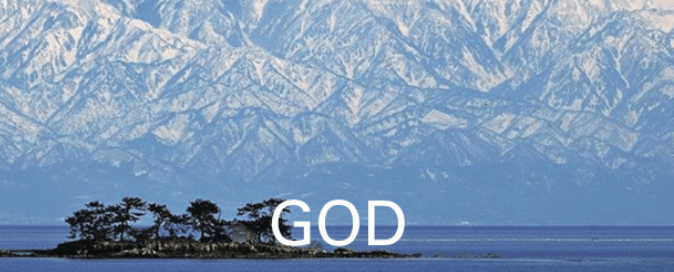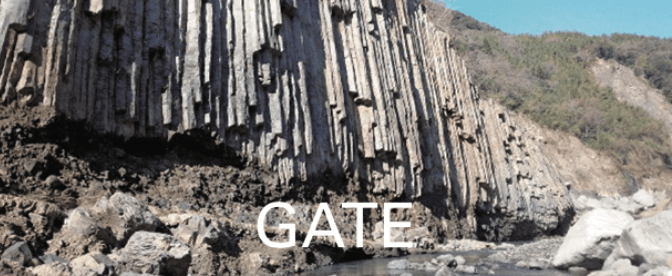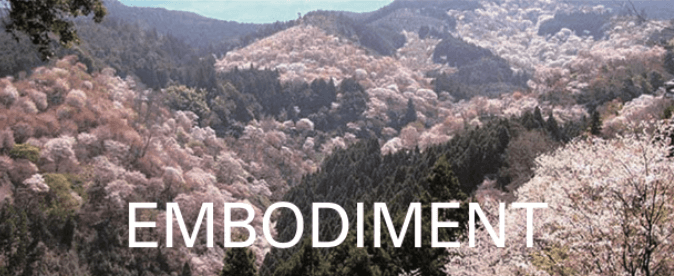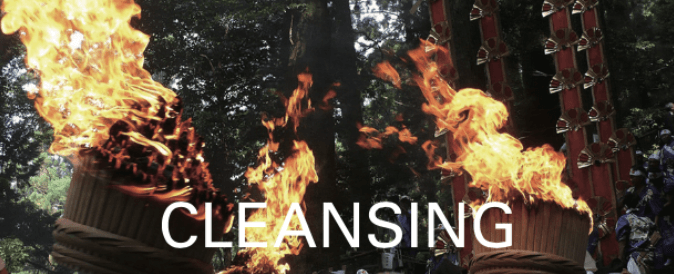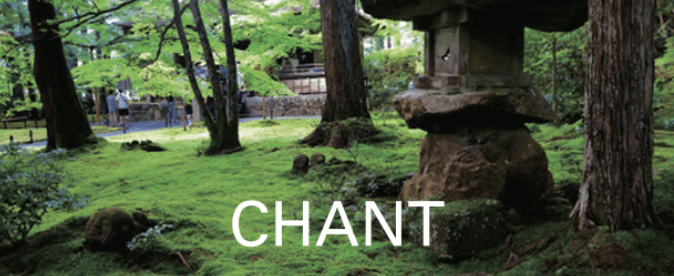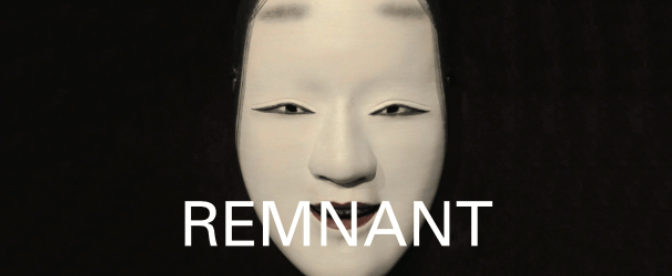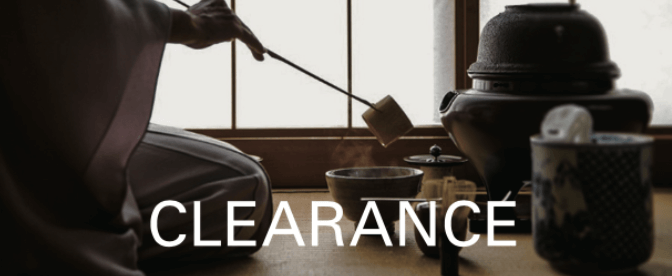
A walking path along the Katsura River from a small hill has 100-year-old and 30-year-old plum trees that bloom in the spring. There is Tokko no Yu, a natural spring which is said to have been created by Kobo Daishi Kukai (774 – 835), the founder of the Shingon sect. It was said that Kobo Daishi Kukai hit the rocks with Tokko, a Gilt-bronze Single-pronged Vajra, a weapon used as a ritual object to symbolize indestructibility and irresistible force, and the spring came up.
To the east of this spring, is an Eastern Orthodox Church with a Japanese-style structure and a Western-style exterior. To the west of this spring, there is a path through a bamboo grove.
To the south of this spring, Shigetsuden, at the foot of Mt. Shikayama, is the grave and family cemetery of Minamoto no Yoriie (1182 – 1204). Yorije was the 2nd shogun of the Kamakura Shogunate, which was built by Yoriie’s mother, Hojo Masako (1156 – 1225), the wife of Minamoto no Yoritomo, the 1st shogun of the Kamakura Shogunate and a political leader called the “nun shogun.”
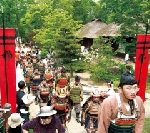
It is said that the Heike family found a hot spring on the riverbank of the Yunishi River in 800 years ago, when they escaped from pursuers of the Genji clan, after the Battle of Dan no ura in 1185, a major sea battle between the Minamoto clan and the Heike (Taira) clan. Heike, in the Kanmon Strait, was completely destroyed. To help heal the wounds.
Heikenosato is a symbol place of sedation and good health in Nikko Tochigi. The traditional tiled roofs remain along the river, and Heikenosato introduces, through restored thatched houses, the life and lifestyle of the Ochudo, fugitives.
Here, the customs of Ochudo, to avoid standing-out, remains. Like No Koinobori (carp-shaped streamers are drawn up, as a traditional event to pray for boys to grow up healthy and strong) they prayed for the growth of young warriors.
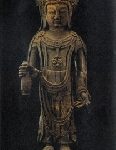
The statue of Sho Kanzeon Bodhisattva at this temple is the oldest statue of Buddhism in Aomori prefecture. The statue was designed as a cherubic figure of childlike proportion, adorned with gorgeous ornaments that exemplify the small gold plated bronze Buddhist statues of the Hakuho period (673-710). This statue was originally created during the 7 Century, in the Kinki region, central Japan. Oirase town, Aomori, located along
Oirasegawa River by Lake Towada, sits on a cuesta, facing the Pacific Ocean to the east, and has a rich history, dating back to the Jomon period.
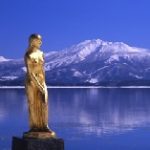
Lake Tazawa in Senboku city, Akita Prefecture, has a depth of 423.4 m, and is the deepest lake in Japan. The circular lake is about 20 km around and the lapis lazuli colored water is mysterious. The Tazawa Lake used to be a round hill long ago, but mysteriously became a lake.
This lake is connected with the folklore that the Ainu discovered the lake and that the Kumano faith is a sacred place. There is the female sculpture by Yasutake Funakoshi (1912-2002), who represented the Japanese modern sculpture field and who came from Iwate Prefecture.
He made it by overlapping the Tatsuko, transmitted as the mistress of this lake and eternal beauty.
